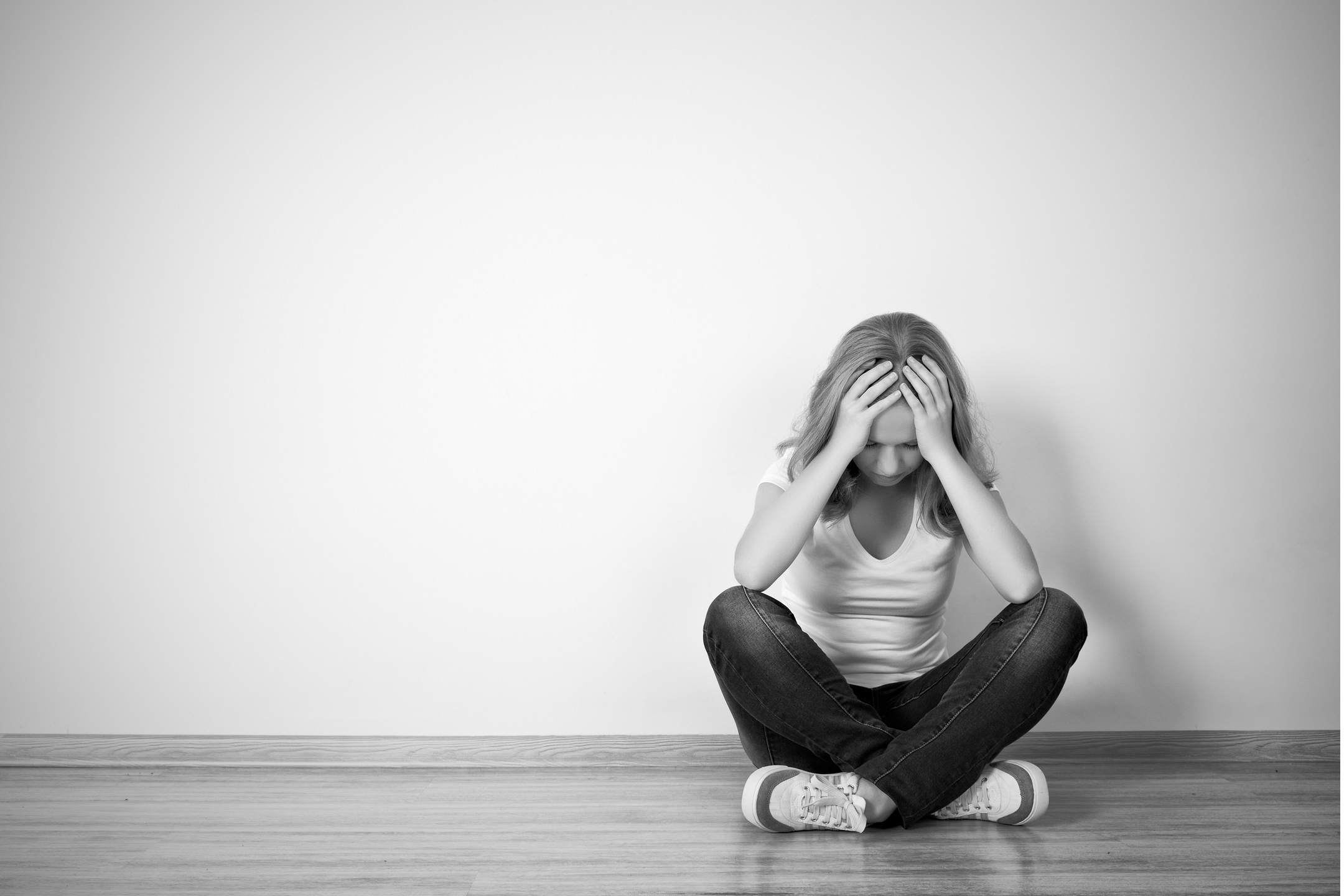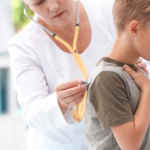
12 Aug Helping A Child With Depression through COVID -19
As numbers of young people with mental health issues, including a recent spate of teen suicides, increase in our children, there’s a real need for parents and schools to understand the signs and symptoms and to work together particularly during the huge changes that the COVID-19 has brought upon them.
Here, we look at the issue of childhood depression from three unique perspectives – the child, the mum and the school counsellor.
Adam S*, 25 – author of Mum, I Wish I Was Dead
I was diagnosed with depression at 15, but there were signs from as early as the age of 10. I had a loving family, a good group of friends, did well at school and, from the outside, looked like a ‘normal’ happy kid. Despite this, one morning I called Mum up to my room and said, “My heart is black, my body is full of anger and I wish I was dead”. I was 10 and didn’t understand the words depression or suicide. Yet this is what I said.
I can’t pinpoint it, but something in me had changed. It wasn’t until I was 15 that I understood the severity of those words. I uttered a similar sentence then, but because I was older I knew this wasn’t okay and I needed help.
From the age of 10 to 15, there were times that got very dark. I could see I had a ‘good’ life and didn’t feel I had a right to be unhappy, so it manifested itself in different ways. At 10, it was school refusal. At 12, I had a year of unexplained physical symptoms, which eventually led to me losing the ability to walk and being hospitalised for six weeks.
Depression was never considered, nor mentioned.
Symptoms throughout these years included significant weight gain, angry outbursts and a lack of interest in things I usually enjoyed. I struggled to fall asleep at night and to get up in the morning. I always felt I had to be happy – so I made sure that’s what the world saw. I wore a ‘mask’ every time I left the house, not just to protect myself, but to protect everyone else from the dark monster I felt inside me.
Wearing the mask drained what little energy I had, so when I returned home, I went to my room, locked my door, and the mask came off. That’s when the anger came out – I couldn’t hold it in any longer. I destroyed my room, punched the walls, and once my outburst was over, there was only sadness and tears left.
I never understood why I felt that way, but I knew something wasn’t right. I was a young kid who wanted to die.
As confronting as the suicidal thoughts were, they didn’t compare to the loneliness, guilt and hopelessness I felt.
Anne S*, Adam’s Mum
From the moment he was born, Adam was generally a very easy child. He did well at school and had friends. He was, and still is, a loving and loved person.
Early in Year 5, Adam started refusing to go to school, even though his behaviour there was good. When he did go to school, he’d explode when he came home. He’d storm off to his room, slam the door and secure it so I couldn’t open it. He’d yell and scream profanities and I’d hear things being thrown around his room. I’d sit outside listening and sometimes cry as I felt so helpless. After some time, it’d become quiet and I could hear Adam crying and then eventually hear the door being released. I learned if I tried to get into Adam’s room or talk to him during these episodes, the outburst would intensify and last longer. I just had to sit outside and listen.
It wasn’t like this every day. We’d liken it to a volcano, slowly bubbling away until the pressure became too great and it’d finally have to be released. That’s part of what made it so difficult for me – the unpredictability of it all.
Adam started seeing a psychologist and I also made an appointment for myself. The support I received from my psychologist made a profound impact on how I managed and supported Adam and our family.
I realised Adam was a good boy and knew right from wrong. He knew he should be going to school. My telling him, nagging him or making him feel guilty wasn’t serving any purpose other than to make him angrier. I realised I couldn’t change Adam, I could only change myself. I found that once I stopped telling Adam what he should be doing and became a better listener, I’d usually get my desired outcome.
I believe if he had the tools as a 10 year old, he’d have taken his own life. His pain and despair were so deep.
These were incredibly difficult times and it’d take all my energy, and I still had other family that needed support. I went into survival mode and did what I could to get through the day and hope the next day would be a bit better.
Thankfully, with the right treatment and support, Adam is now thriving.
Jennifer C*, a registered clinical social worker in private education (Head of School Counselling), who also runs a private practice.
While most children at some time may prefer to stay at home rather than attend school, Adam’s refusal to attend and his distress at home were affecting his relationships and ability to engage in everyday activities. It’s important to determine whether your child’s refusal to go to school is directly related to what’s happening at school or if it’s a consequence of a bigger problem. It appears Adam was experiencing signs of anxiety, which can become depression when left unchecked.
Visiting a GP for a check-up is important to ensure there are no medical issues affecting your child’s behaviour, along with a mental health assessment by a mental health clinician who specialises in working with children. A global psychosocial assessment looks at overall levels of functioning with respect to psychological, social, occupational and environmental factors. This type of assessment is conducted in collaboration with your child, using a child-centred approach to therapy. As a parent, you should also be involved in order to ascertain your child’s view of the problem and so you can receive support and information about the issues of concern, treatment options and practical ways to assist your child.
A referral to your school counsellor is recommended so you can begin a mental health assessment, they can help you to understand what your child is going through and suggest a few coping strategies. School counsellors can also talk to teachers who regularly deal with your child, as they may have important information as to how their behaviour is presenting at school. It’ll also help teachers better deal with your child when they’re at school.
School management plans should be tailored to your child’s needs and include identification of risk, what the school and parents can do to mitigate the risk, identification of triggers, support structures, and people that can support the young person upon their return to school. Having a shared understanding of the support that exists for your child has shown to be the most effective way of producing better outcomes.
Common signs and symptoms of mental health issues in young people:
- Significant changes in mood or behaviour
- Increased sensitivity (e.g. excessive worry, fear, anger) about past and future events
- Inability to regulate mood (at a level appropriate to a child’s age)
- Disturbed sleep
- Loss of enjoyment in previously enjoyed activities
- Lack of energy or tiredness
A recent report on ‘Australia’s Children‘ looks at the health of our children and in particular Mental Health
Key findings:
- In 2013–14, an estimated 314,000 children aged 4–11 (almost 14%) experienced a mental disorder. Boys were more commonly affected than girls (17% compared with 11%).
- Attention deficit hyperactivity disorder (ADHD) was the most common disorder for children (8.2%). It was also the most common disorder among boys (11%).
- Anxiety disorders were the second most common disorders among all children (6.9%), and the most common among girls (6.1%).
For mental health support, you can contact:
Kids Helpline, 1800 551 800
Youth Beyond Blue, 1300 224 636




